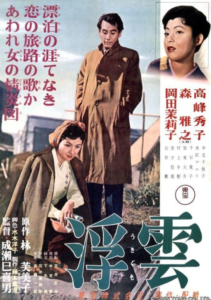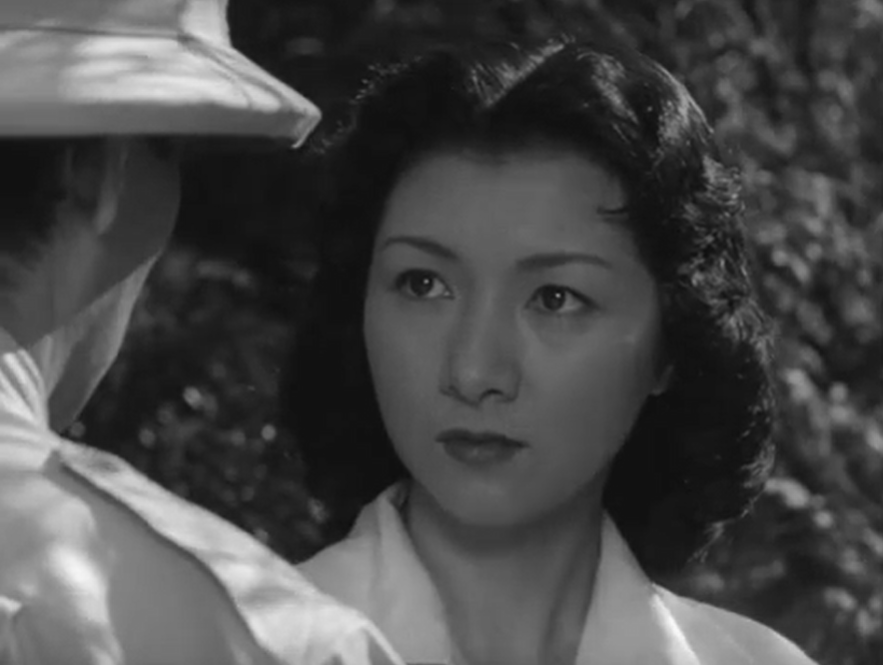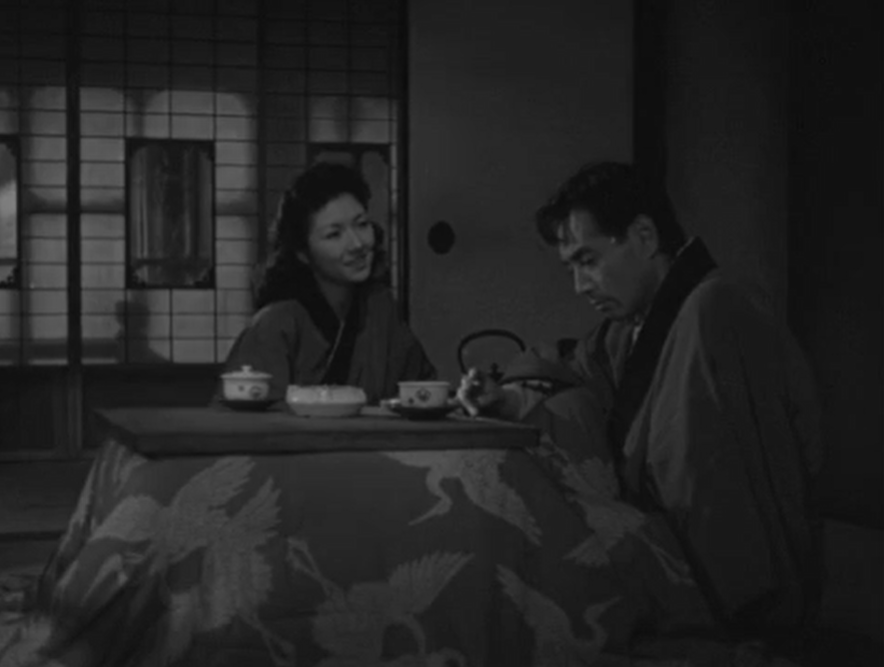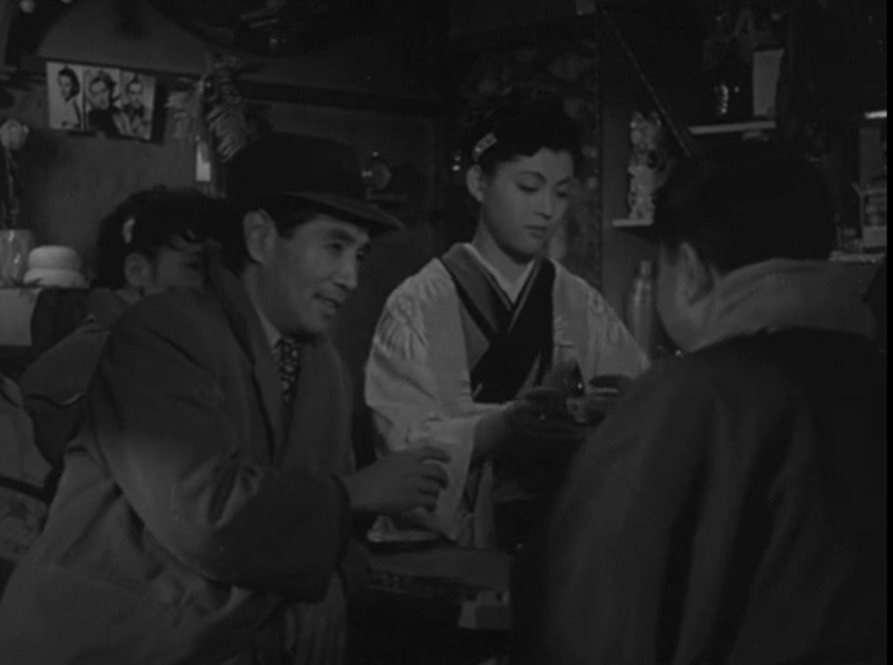Floating Clouds (1955)
“You said that you would do anything for me; now you only want to get rid of me!”
|
Synopsis: |
|
Genres, Themes, Actors, and Directors:
Response to Peary’s Review: He argues that “Naruse wanted the misery of Takamine and the women who are exploited by insensitive men to reflect the depressed, defeated country,” and asserts that Naruse “believed that the widespread ill-treatment of women was the reason postwar Japan was such a miserable place.” He points out that the “direction by Naruse is typically unobtrusive,” with the camera rarely moving “away from the actors” — but he notes that rather than “being static,” this “unusual film” has “a distinct romantic flow,” and we “feel deeply about what happens to these interesting people.” I agree with Peary’s points. These flawed characters — who often don’t make “smart” decisions, instead basing their responses on passion or familiarity — feel very real. To that end, however, viewers should be forewarned that the storyline is almost relentlessly bleak; there are no easy solutions or outcomes for these protagonists. Notable Performances, Qualities, and Moments: Must See? Categories
Links: |






One thought on “Floating Clouds (1955)”
Rewatch. Not must-see.
I’d only seen this once before. I didn’t like it then; I don’t like it now. I’m baffled as to why it’s so “celebrated” (though I know it is). I don’t agree that it has “a distinct romantic flow” (where’s the romance?) nor do I think the two leads are “interesting people” (based on what?).
The characters that Takamine and Mori play are pathetic. But more than that; what is it that they see in each other?! They hardly seem to even like each other (though it eventually becomes clear that Mori has been in denial about the extent of his feelings). Well… maybe the sex was good (but how would we know?).
I get that it’s postwar Japan and just about everybody was miserable. But watching these two cling to each other in such ill-defined ‘passion’ just becomes tedious.
I can’t fault the actors or even Naruse – but the director has made a number of better films. Though I didn’t call ‘Late Chrysanthemums’ a must-see (only personally recommended) and Peary overlooked ‘When a Woman Ascends the Stairs’, I would point ffs to either one of those before ‘Floating Clouds’.